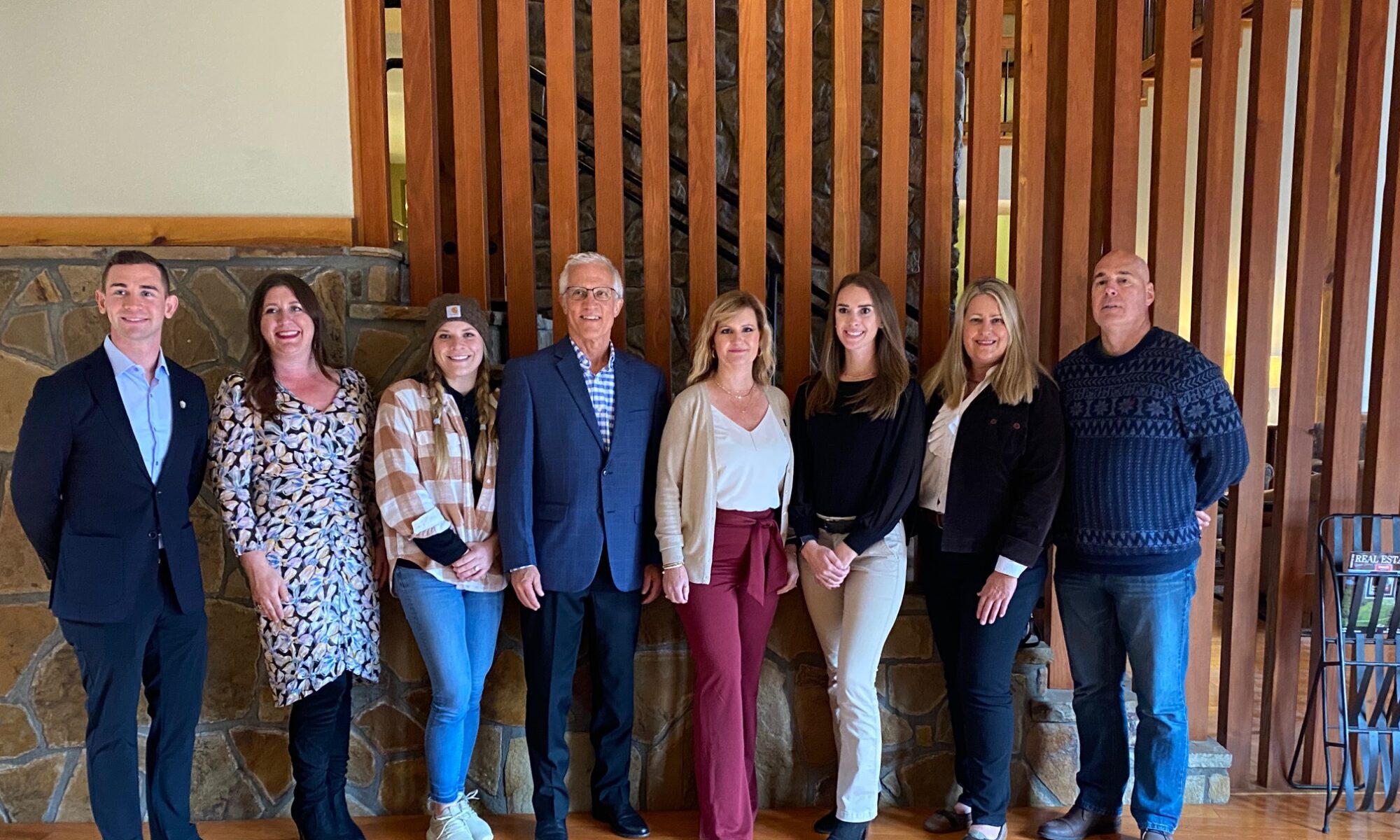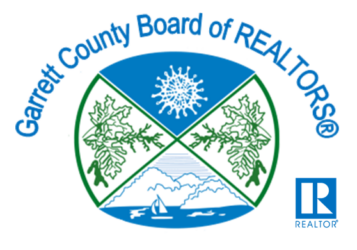From https://www.nar.realtor/national-flood-insurance-program
The National Flood Insurance Program (NFIP) provides up to $350,000 of flood insurance coverage where required for a federally backed mortgage in 22,000 communities nationwide. It also provides an alternative to taxpayer-funded disaster assistance, which averages $5,500 per household but more often means an SBA loan that must repaid with any underlying mortgage. While there is a growing market for private flood insurance, for many, the NFIP continues to be the primary source of asset protection against flooding, the most common and costly natural disaster in the United States.
However, as currently structured, the NFIP is not financially sustainable over the long run. According to the Congressional Budget Office, the program is not charging enough in premiums to cover expected claims in catastrophic loss years, and has already borrowed over $30 billion from taxpayers to make up the difference. For these reasons, NAR supports a strengthened NFIP coupled with a robust private market to offer choices and maintain access to flood insurance in all markets at all times. NAR believes:
♦ NFIP reauthorization should be long term.
♦ Flood mapping should be done at higher resolutions with a streamlined and less expensive appeal process.
♦ Premiums should be more accurately priced to the property specific risk, but any rate increases should be gradual and phased in over many years.
♦ Private flood insurance options should be encouraged where cost effective, provided that NFIP remains a viable option for property owners.
♦ To keep rates affordable, the federal government should also provide pre-disaster risk mitigation options – including guaranteed loans, grants and buyouts for property owners to build stronger or relocate to higher ground.
♦ There should be better oversight and training of insurance companies marketing NFIP policies, and an adequately supported FEMA Office of the Flood Insurance Advocate to assist policyholders with flood map and rate disputes.

